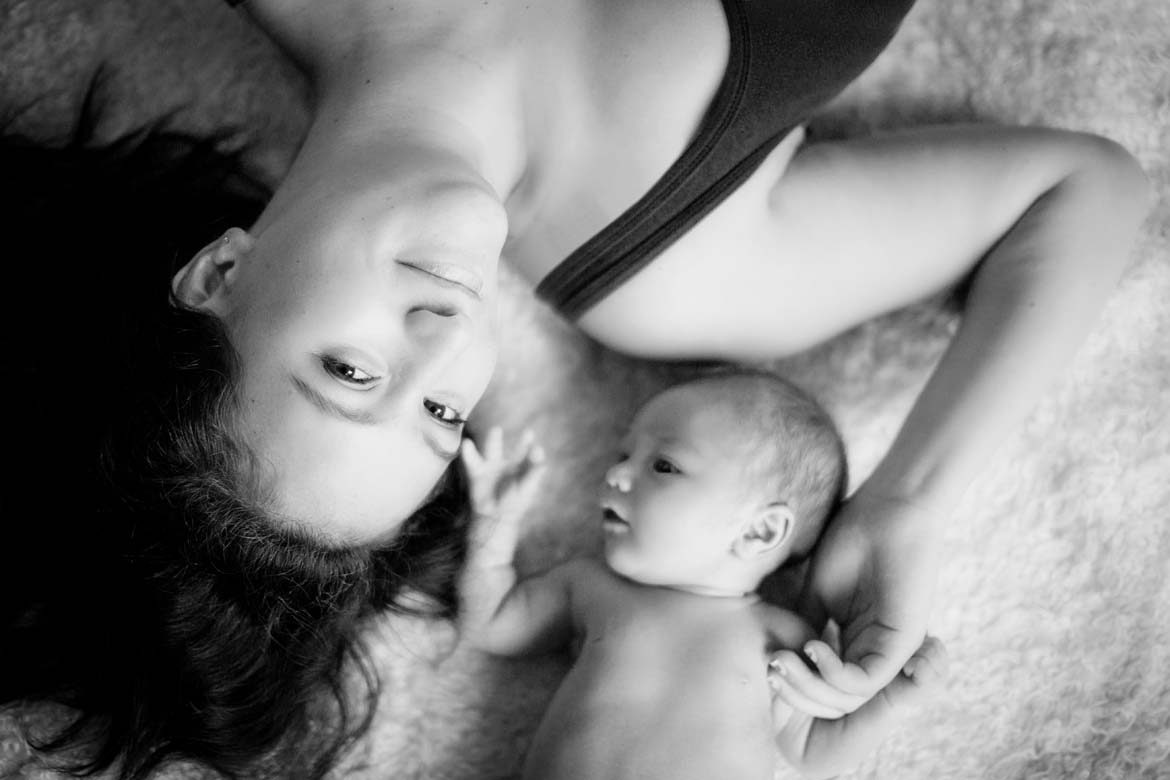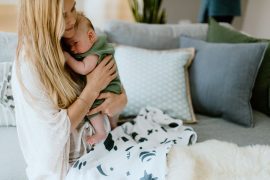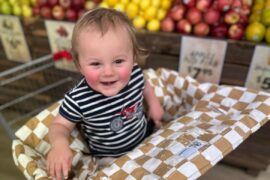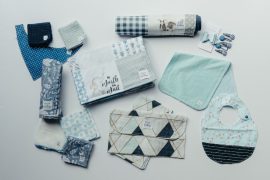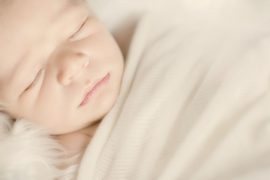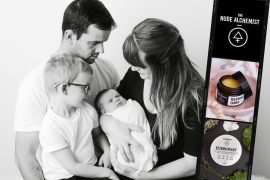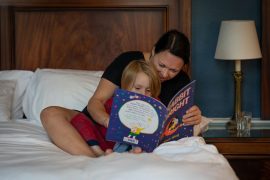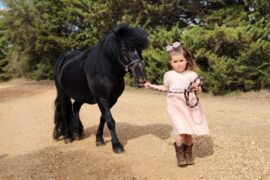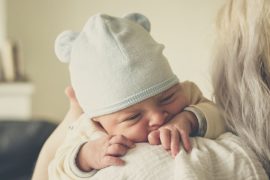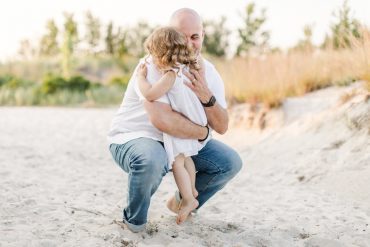By Hannah Schenker
A joint study by the University of Otago and Otago Polytechnic in New Zealand, recently published in the leading scientific journal Pediatrics, has found that babies sleeping in wahakura – a Maori traditional woven flax basket – are relatively safe compared with bassinets. The researchers concluded that there was no additional risk to sleeping in a wahakura and perhaps even benefits associated with easier breastfeeding.
“The study was motivated by the concern that Māori and other indigenous populations have greater rates of sudden unexpected death in infancy (SUDI). This is likely due to the high prevalence of bed-sharing where there has been smoking in pregnancy – a combination that is a major contributor to risk,” says Professor Taylor, one of the researchers of this study.
The wahakura, a modern day version of the centuries-old traditional pārakaraka, enables a separate sleeping surface while bedsharing, allowing for close proximity between mother and child, something Maori families value highly.
Researchers recruited 200 predominantly Māori pregnant women from deprived areas of New Zealand as measured by the NZ Deprivation Index. They provided the women with either a wahakura or bassinet during pregnancy and then later compared the risks and benefits of infants sleeping in either device. They investigated breastfeeding, infant sleep position, the amount of infant head covering during sleep, the amount of bed-sharing (without the device), and maternal sleep and fatigue. – from The University of Otago.
Mothers in the study were asked to either place their baby in a bassinet or wahakura from birth, and a questionnaire regarding their sleep was issued when the babies were aged one month, three months and six months of age. At one month a video was also recorded using infra-red.
“Overnight video of the babies sleeping in the devices identified no increase in head covering, prone/side sleep position or bed-sharing (without the device) in the wahakura group, either when analysed according to allocated device or when analysed according to the device baby slept in on the study night,” says Associate Professor Baddock.
While no differences were recorded for the babies at age one and three months of age, once babies hit six months then something began to emerge. Those sleeping in wahakura reported twice the amount of breastfeeding as those in bassinets. Pretty amazing results really!
“These findings will give comfort to health workers who will be able to confidently promote a device that encourages a form of bed-sharing that increases safety for infants,” Dr Tipene-Leach says.
Here is an example of a wahakura, as photographed and shared on Instagram by Teowai Ratahi.
And this one from Rocky and Ruby:
Hannah Schenker is a freelance writer, editor and regular contributor to The Natural Parent Magazine. She lives with a touch of magic in Golden Bay, New Zealand.

